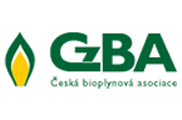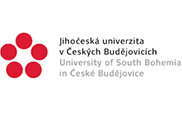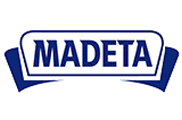Atomic chicken-wire is key to faster DNA sequencing
Date: 1.4.2015
An unusual and very exciting form of carbon – that can be created by drawing on paper- looks to hold the key to real-time, high throughput DNA sequencing, a technique that would revolutionise medical research and testing.
Led by Dr Jiri Cervenka and PhD candidate Nikolai Dontschuk from the University of Melbourne, the study also included scientists from the Australian Synchrotron and La Trobe University and is published in Nature Communications. The Australian researchers have shown that graphene- a one-atom thick sheet of hexagonally arranged carbon, shaped like chicken wire – can detect the four nucleobases that make up DNA (cytosine, guanine, adenine and thymine).
A unique combination of the four nucleobases makes up the individual DNA sequence of a gene. Currently, DNA sequencing is a fundamental tool for medical diagnostics, forensic testing and medical and biological research.
The use of graphene to electrically sequence DNA promises to improve the speed, throughput, reliability and accuracy whilst reducing the price compared to current techniques said Nikolai Dontschuk from the University of Melbourne. "We found that each nucleobase influenced the electronic structure of graphene in a measurably different way," said Mr Dontschuk.
"When used in conjunction with a nanopore (a tiny hole), a single DNA molecule would pass through the graphene-based electrical sensor - like a single string of beads passing through one section of tiny chicken wire- enabling real-time, high-throughput sequencing of a single DNA molecule."






















